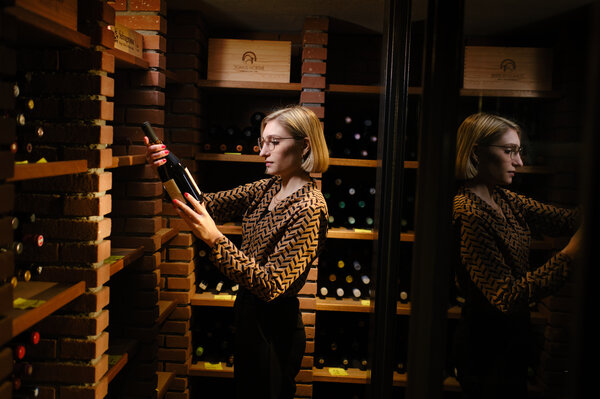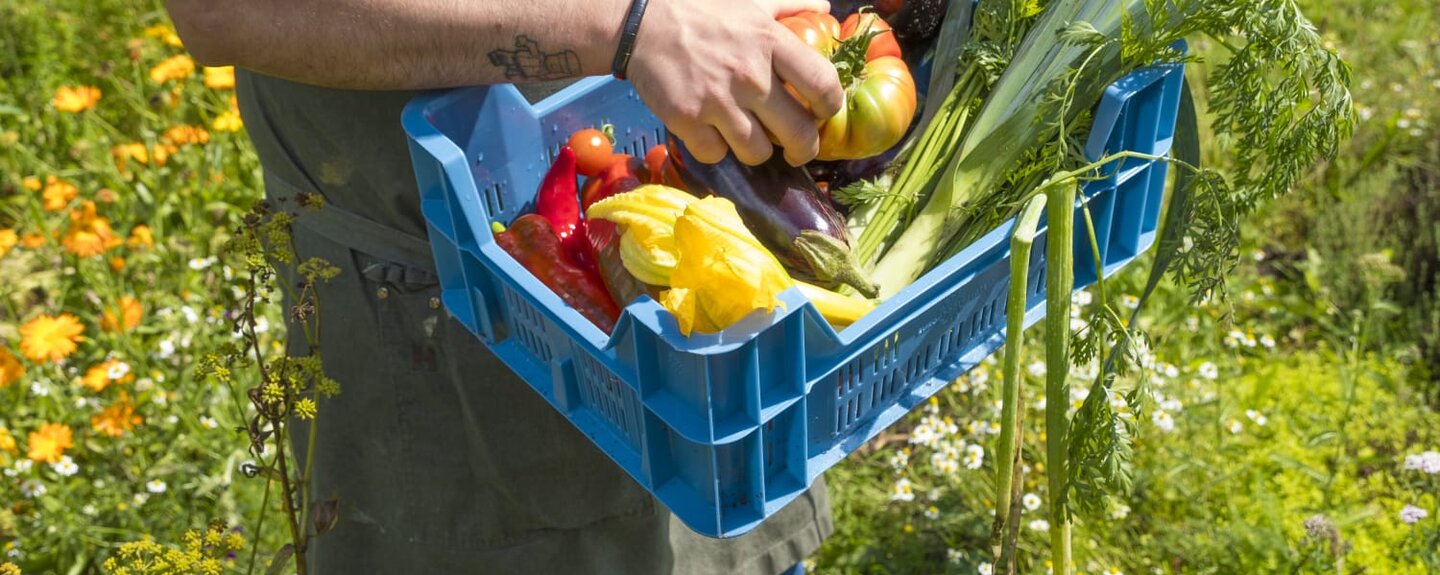World Gastronomy Day: The Art of Food
On the 18th June we celebrate Sustainable Gastronomy Day. Gastronomy, also known as ‘’The Art of Food’’, is not just about food as source of nutrients. Gastronomy transforms food in a real experience, combining different ingredients with science, innovation (but also tradition), cooking techniques and creativity. Different chefs in the fine dining world use ‘’The Art of Food’’ as a way to express themselves, to tell their story, through different textures, flavors, aromas and presentations. Gastronomy is a way of communicating.
One of the keys of gastronomy is the emphasis on ingredient quality and seasonality: more and more chefs of fine dining restaurants choose to work closely with local farmers, foragers, and artisans to source the freshest and most unique ingredients. The respect for each used ingredient and for its territory makes sure that the presented ‘’art’’ is not only delicious, but also environmentally sustainable.
Sustainable Gastronomy considers how to implement ‘’The Art of Food’’ in a way that is not wasteful of natural resources, by taking into account where ingredients are from, how they are produced and delivered and, of course, how they are transformed into dishes. In the last years, the matter of sustainability has gained a central role, even at the highest levels of the culinary world. One example is the recent introduction of the MICHELIN Green Star award in 2021, which is assigned to top restaurants that successfully combine their concept with sustainable practices.
But how can sustainable gastronomy be implemented?
Even small practices can make the difference when it comes to sustainability in gastronomy. Besides preferring seasonal ingredients, working with local growers, farmers and fishermen, other ways to make gastronomy sustainable could be foraging in hedgerows and woodlands, growing your own vegetables and spices, and using regenerative methods such as no-dig gardening. Also, working in a restaurant kitchen can be made more sustainable by using reusable, washable tools and implementing separate waste collection as much as possible.
Reducing food waste in a restaurant kitchen plays an important role in sustainable gastronomy, as well. Many restaurants offer ‘’surprise’’ menus of different courses, composed by dishes created based on the weekly availability of fresh ingredients. Besides being a chance for the chefs to surprise their guests, to experiment and to play with creativity, these kind of menus are a perfect way to reduce food waste in a restaurant’s kitchen. The menu can be changed weekly, based on the availability of the products, and ingredients can be purchased based on the number of expected guests to prevent food waste at the end of the week and, of course, to avoid extra costs.
Another way to reduce food waste is getting as much as possible from each single ingredient used. In the last years, chefs learned to use new techniques to ‘’transform’’ parts of products - mainly vegetables, roots and spices- that would otherwise be thrown away into real food ingredients. Parts of different products that cannot directly be incorporated into dishes, because they are too hard or have a too strong taste, can be dried to powders and used as flavor enhancers for broths and sauces or as garnish. For example, the harder outer layers of an onion or shrimp scraps. Besides this, fermentation techniques are increasingly used in fine dining kitchens, to experiment with new textures, enhance flavors, and provide a longer life to seasonal and fresh ingredients, which otherwise have a shorter shelf life.
The art of replacing and imitating ingredients is another way to implement sustainable gastronomy in the fine dining world. Different chefs like to experiment with unpopular and less known ingredients, in order to imitate the taste or texture of more common, but less sustainable products. An interesting example is the use of carobs to replace cocoa. When dried to a powder, carobs have a taste and texture surprisingly similar to cocoa powder. Different chefs ‘’have fun’’ replacing cocoa in their dishes with carobs, which are widely available in different countries such as Italy and can be obtained in a more sustainable way than cocoa. Moreover, a trend that has been spreading lately is imitating food products such as meat and fish with ingredients of totally different origins. A known example is the "watermelon tuna’’, which consists of watermelon that is marinated with different ingredients to become impressively similar to raw tuna, used to make sushi or sashimi, or the ‘’celeriac steak’’, which is a more common vegan replacer of a standard beef steak.
Finally, chefs may choose to go one step further and dare to use novel ingredients as more sustainable protein and nutrient sources. However, this may require some courage, given that these new ingredients are not always fully accepted by consumers - just think of products such as insects (read more about mealworms for humane consumption here). Moreover, these products are not always as easily available and accessible as other common foods, as they usually require previous approval by competent authorities, depending on the geography.
Sustainable gastronomy proves that we can still enjoy high-quality food in a sustainable way. This means having respect for each single food ingredient, for the land and environment, and implementing practices and habits which, when added together, can make the difference and contribute to a more sustainable World.

Elisa Leune, Consultant Novel Foods and co-owner of Italian fine dining restaurant Aroma










